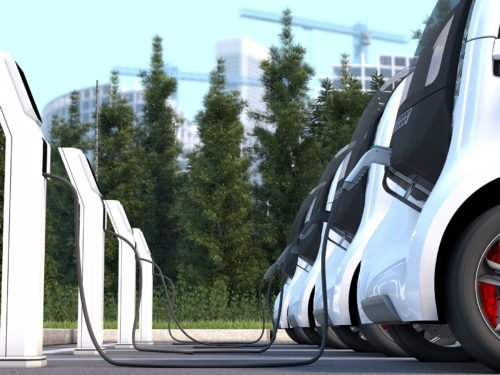
Cities and counties have much to gain from electrifying their fleets, including reduced air pollution and lower operating, maintenance, and fuel costs.
RMI’s new working paper, How Cities and Counties Can Electrify Their Fleets, provides local governments with insights on how to begin or advance their electrification efforts. These best practices come as a result of an eight-month workshop series for local governments in Texas.
The working paper identifies three components to successful electrification efforts:
- Policies and processes
Given that fleet electrification requires intense collaboration between diverse stakeholders, cities and municipalities should convene mayoral offices; city councils; leaders of fleet, facilities, and finance teams; sustainability departments; and others early on to determine shared goals. To ensure a smooth transition, this group should work together to review and improve current policies and procedures and, if needed, create new ones.
- Technical considerations
Successful fleet electrification efforts start with a detailed assessment of an existing fleet to understand opportunities and sequencing for vehicle replacement. Pairing such assessments with total cost of ownership analysis — which enables comparison of vehicles’ costs over their entire useful life — allows local leaders to strategically plan for a cost-effective transition to electric vehicles. Fleet, facilities, and sustainability teams can then determine the required EV charging infrastructure to support these vehicles, collaborating with the local electric utility to ensure cost-effective and timely upgrades that enable electrification efforts.
- Financial considerations
The cost savings opportunities from transportation electrification are often misunderstood. The paper details ways in which cities and counties can recognize, maximize, and account for operational savings and apply for and use available federal and state funding.
Electrifying municipal fleets requires thoughtful planning, staff time and resources, and a commitment to exploring novel technology, which is new to many stakeholders. Despite the challenges that may accompany forward-thinking electrification projects, the short- and long-term benefits are well worth the effort. This paper aims to help forward-thinking decision makers begin their electrification process and propel current efforts forward.